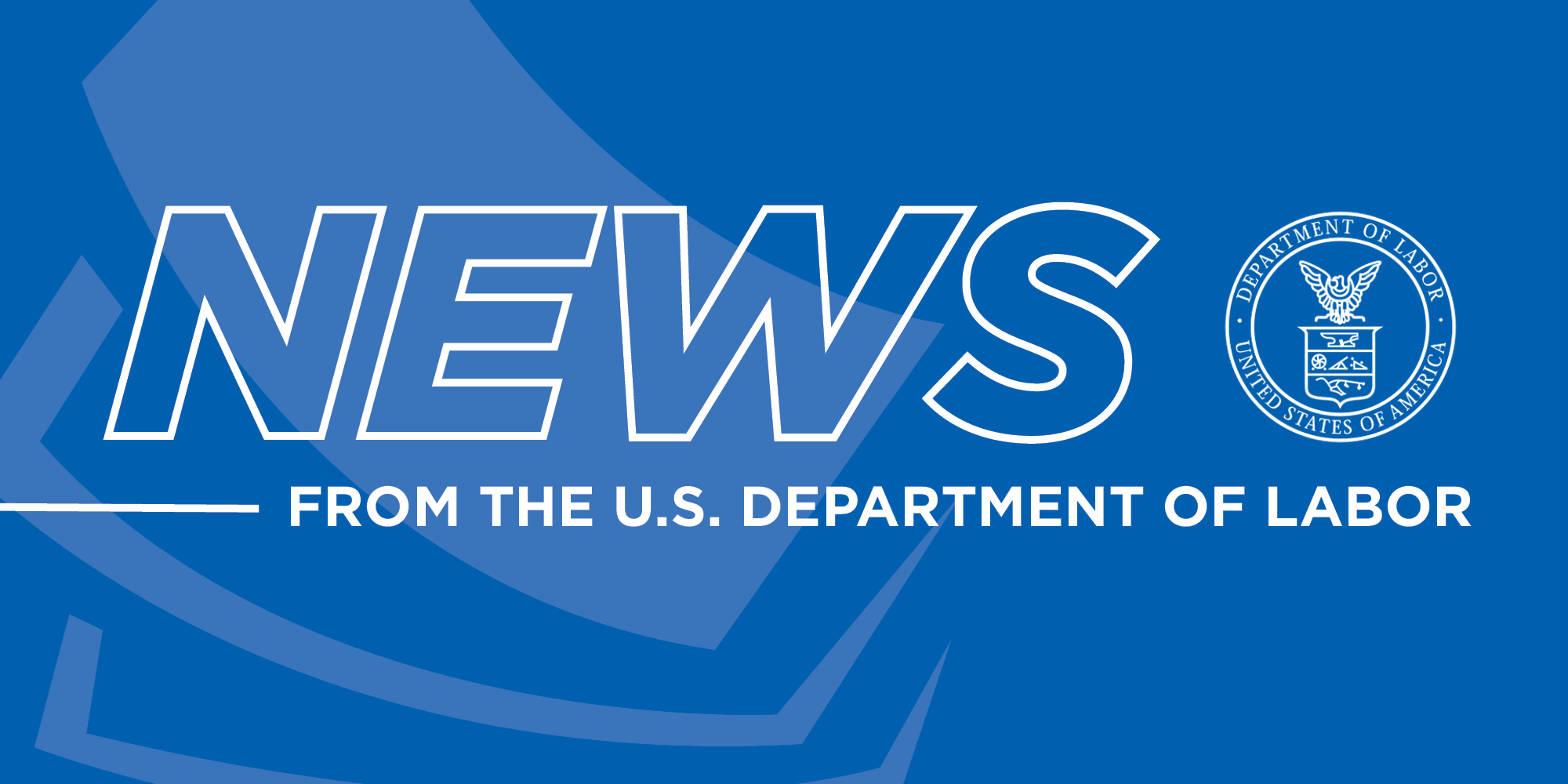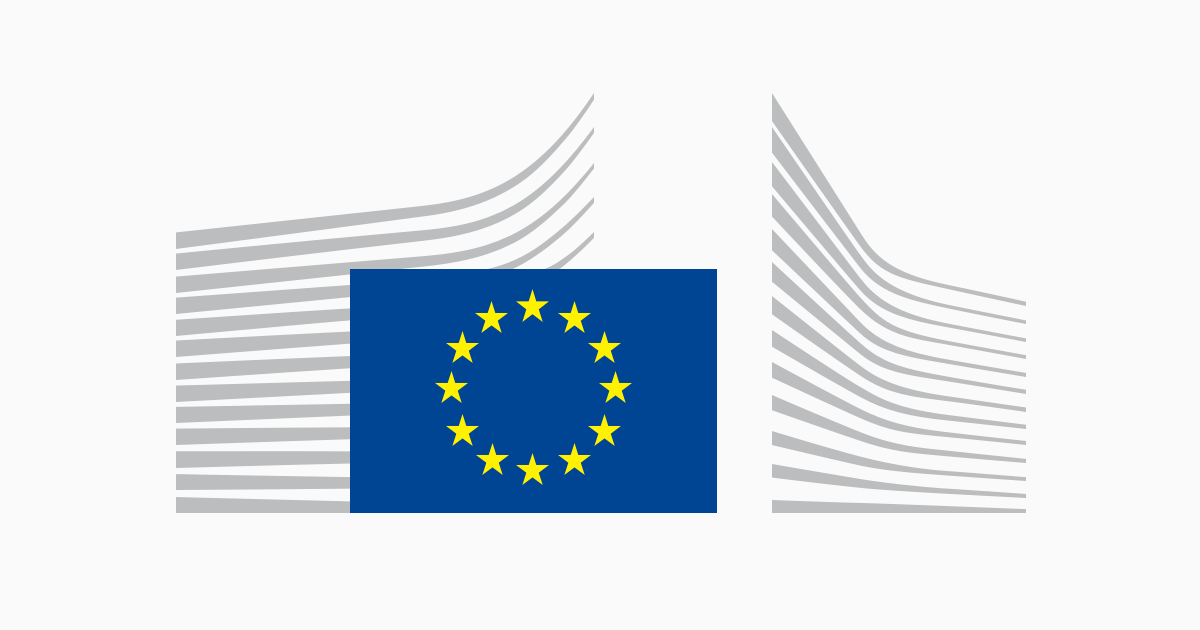The COVID-19 pandemic turned our world on its head, changing the way that we conduct our daily lives in nearly every aspect. The business world, specifically, took a hit as the way that employees communicate, travel, and attend events has not been the same since 2020. In a time when social distancing was the newest buzz-word and masks were the newest accessory, the shift to digital engagement began.
The way that employees and businesses communicated with one another was entirely reimagined after the initial lockdown. What once was a trip to the office became a lengthy email or a chaotic conference call. What once was a company retreat became a weekly video call amongst colleagues. Methods of communication like email, video conferencing, phone calls, and other messaging platforms saw a large jump in popularity. Email and video conferencing saw the most use, hosting 26% and 20% of users respectively.
Marketing Technology News: MarTech Interview With Tal Klein, CMO at Relay Network
The busy and bustling world of business travel also took a hit, as it became nearly nonexistent in 2020. In 2019, business travel’s share of hotel room revenue dropped. Likewise, in 2022, the same trend remains. Although the state of the pandemic currently makes business travel more possible and attainable for many employees, some are still reluctant. In 2021, 39% of frequent business travelers said they will “never return to the road.” This percentage has actually increased to 42% in 2022.
In 2020, 70% of originally physical events were switched to hybrid or virtual. Shockingly, in 2022, these digital events have remained popular. Currently, 40% of business events are planned to be virtual, and 35% are planned as hybrid. Perhaps most intriguing, 72% of professionals plan to attend virtual events at least as often as they attended physical events prior to the pandemic. Because of this, platforms like Zoom and Microsoft Teams have seen tremendous growth and success that shows no signs of slowing. To offer perspective, Zoom hosted more than 45 billion minutes of webinars in 2020 alone. Microsoft Teams saw 894% growth in the first three months of the pandemic alone.
Although online programming seems to have changed the way we interact for the better, experts say that it can bring fatigue and frustration. The effect of poorly designed digital platforms can present challenges from a technological standpoint as well as a personal health standpoint. Studies show that 50% of employees using video conferencing experience technology issues and 40% struggle with poor communication. The amount of eye contact and participant face size that is presented on screens during video chat is unnatural. This can lead to users entering a hyper-aroused state that can be draining and even increase self-criticism. These side effects are harmful and counterintuitive to the goals of businesses who use this technology.
Despite these grievances and struggles, the numbers show that people still generally prefer attending events online. In fact, of people who attend 10 or more events every year, nearly 50% attended online events. This is a stark comparison to the mere 13% that attended physical events. Overall, the benefits have been found to outweigh the downsides: Businesses have continued to move forward with their digital communication efforts post-pandemic.
It is not an exaggeration to say that businesses need virtual events. They save time, reduce costs, and increase productivity. Because employees no longer need to travel or lodge, money and time is not an issue. In addition, video conferencing has been found to increase productivity by 89%. Virtual events can also increase engagement and improve focus of participants. Studies show that 41% of users believe that video conferencing has increased team member engagement. In addition, participants are less likely to multitask when on video calls in comparison to phone calls.
Hybrid events have also seen a large jump in popularity, as businesses are able to use new trends in technology to create more exciting events. Over 70% of attendees believe that they will get more value from attending a hybrid event than a physical event. The goal of these functions is to create the best experience for every audience. Therefore, many hybrid events have both a main event and a virtual component. This makes the main event more coveted, and the virtual event more accessible to all audiences.
Marketing Technology News: Upskilling Programs Are The Key To A More Diverse Marketing Team
Gamification is the term given to the use of games during a virtual event. Experts say that gamification has the power to improve retention by 40%. The metaverse can also be a helpful tool in these efforts to keep audiences engaged. Almost 75% of adults are already considering joining a metaverse, therefore, many businesses are starting to capitalize on this peaking interest. These metaverse experiences are more immersive and allow users to interact online in a manner that is similar to the real world.
Overall, hosting events on a digital campus can make programs more engaging, effective, and accessible to employees on a global scale.




